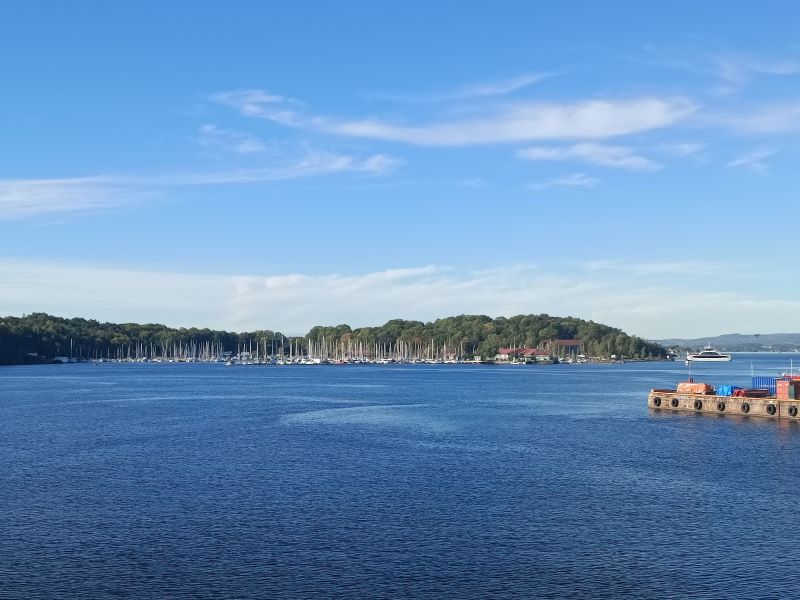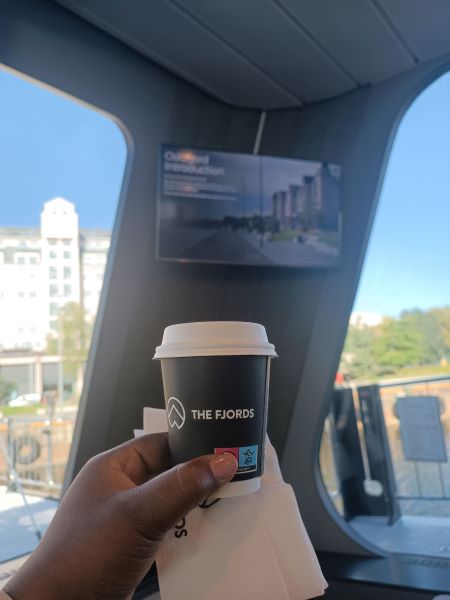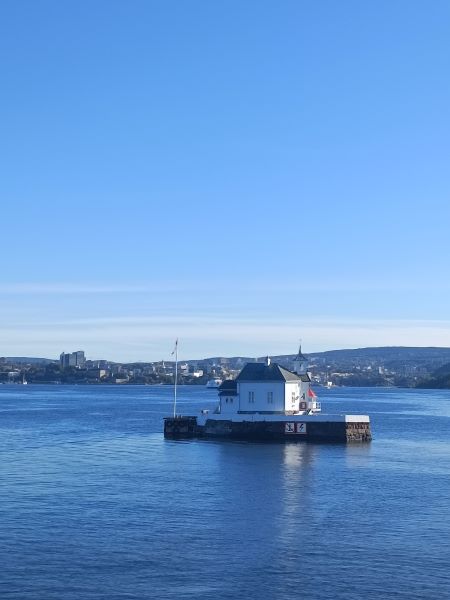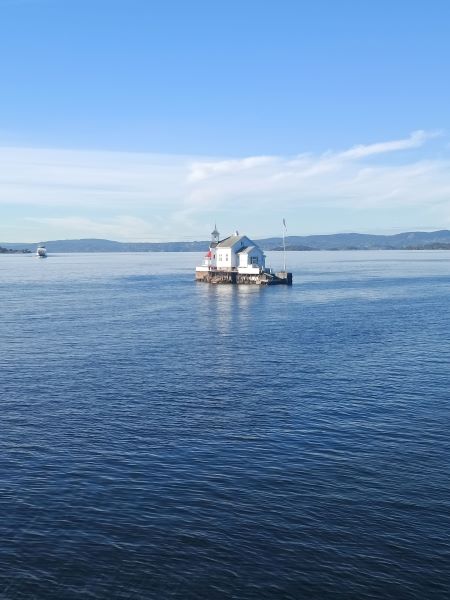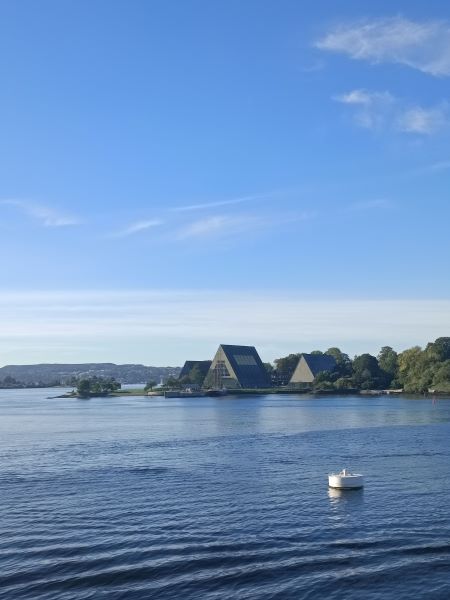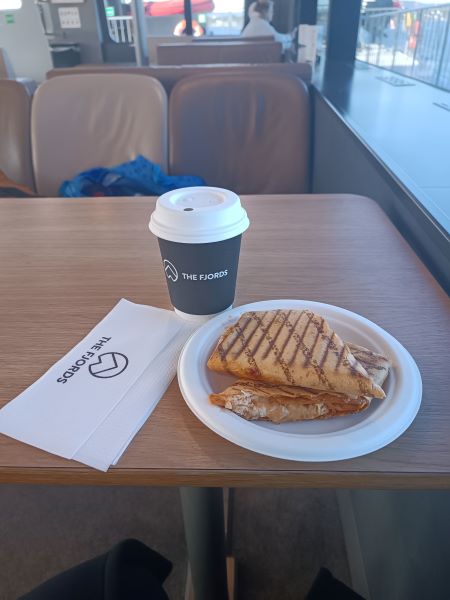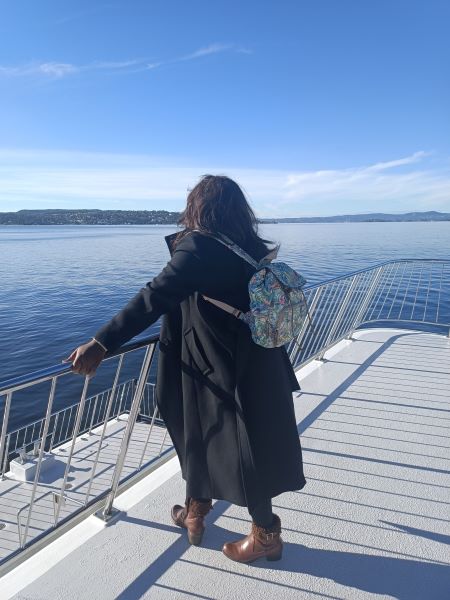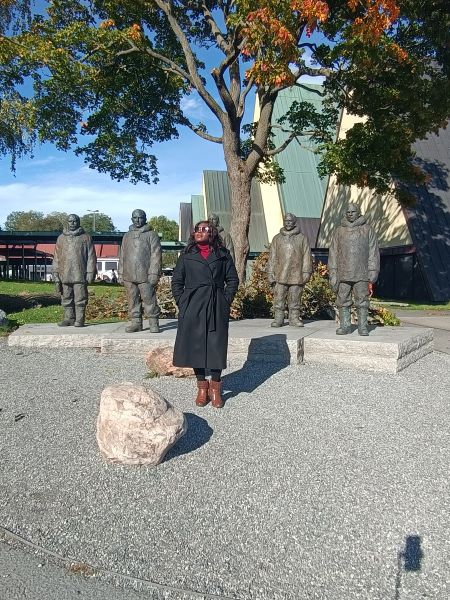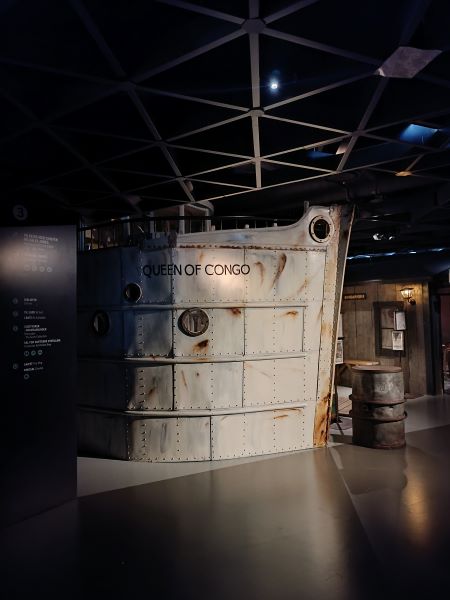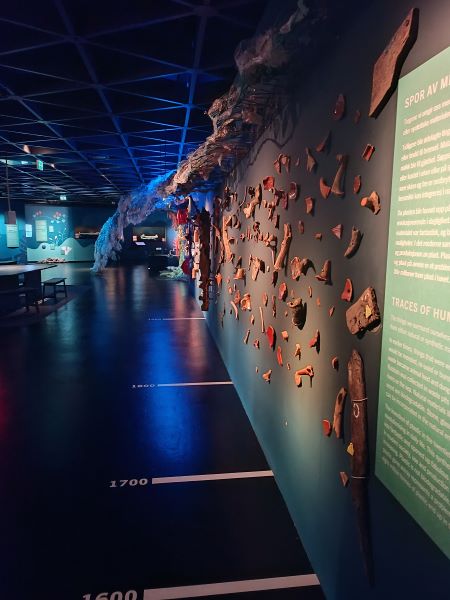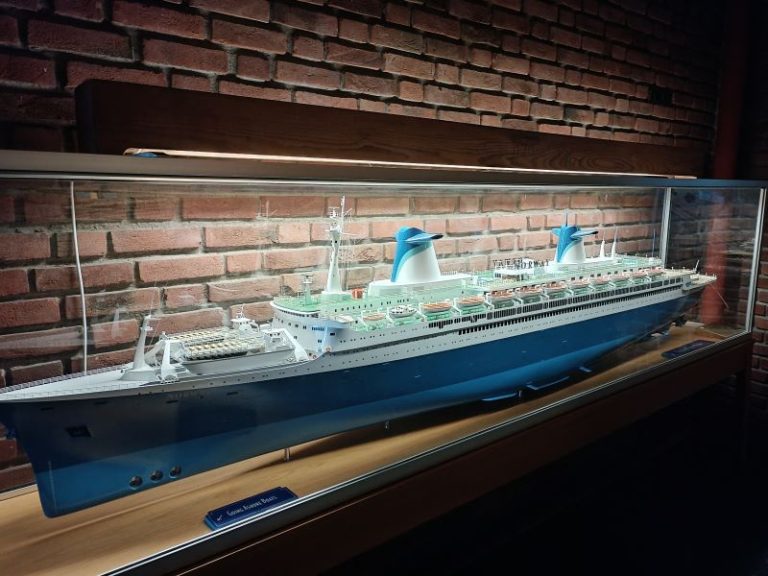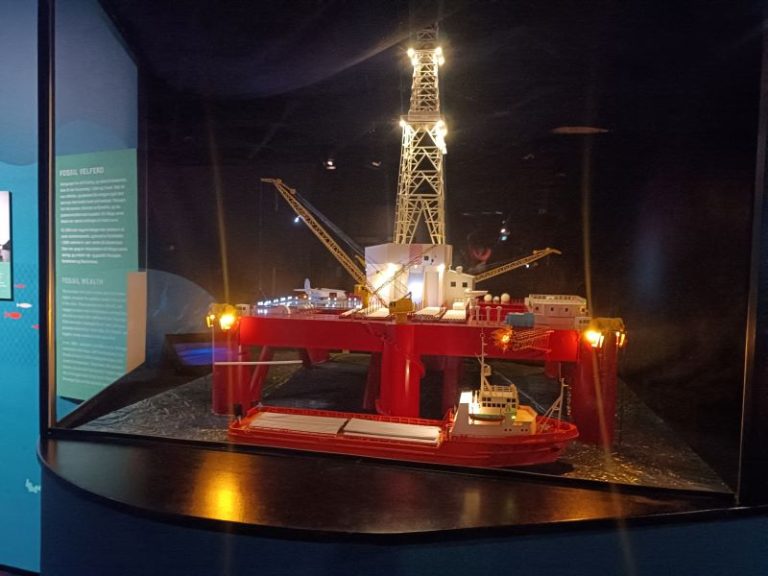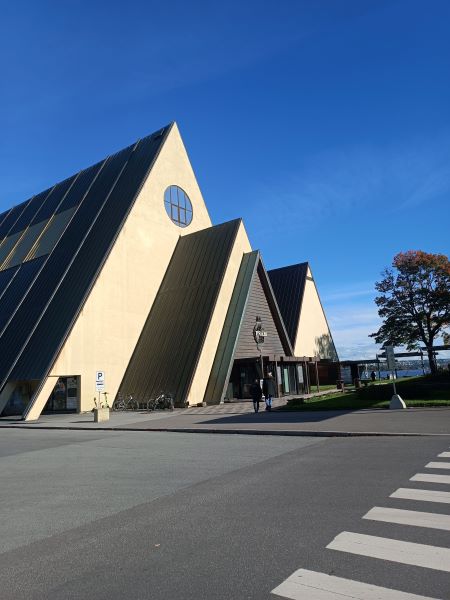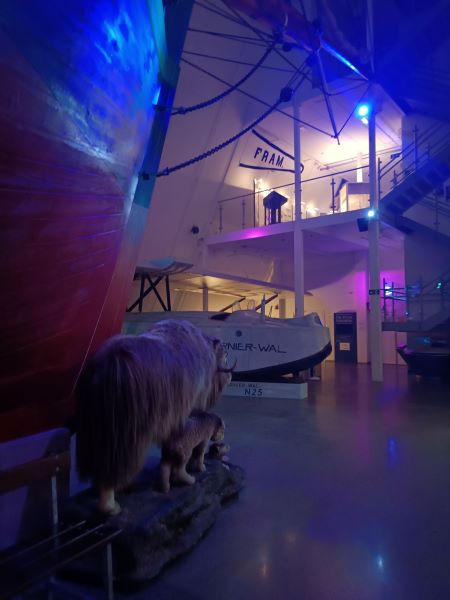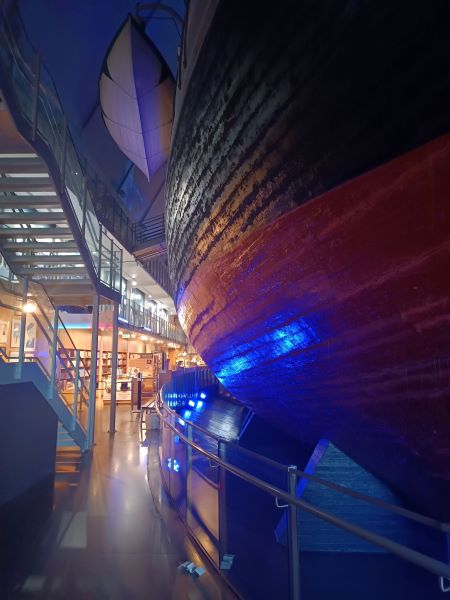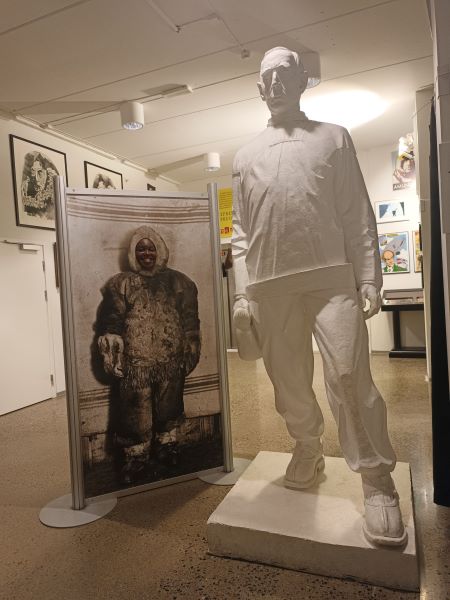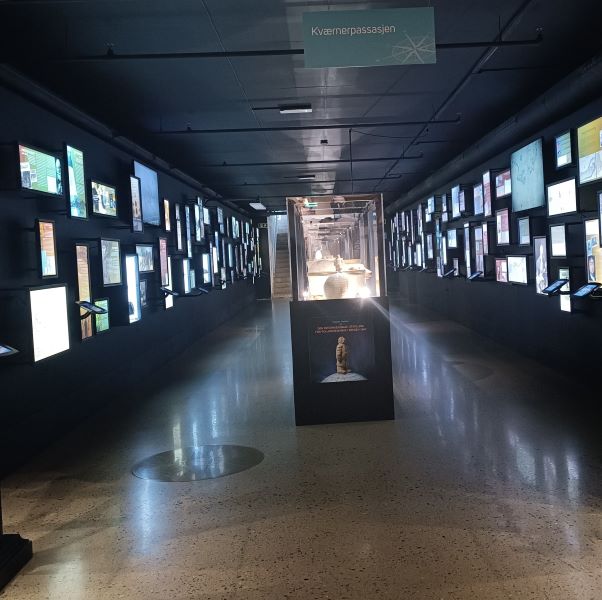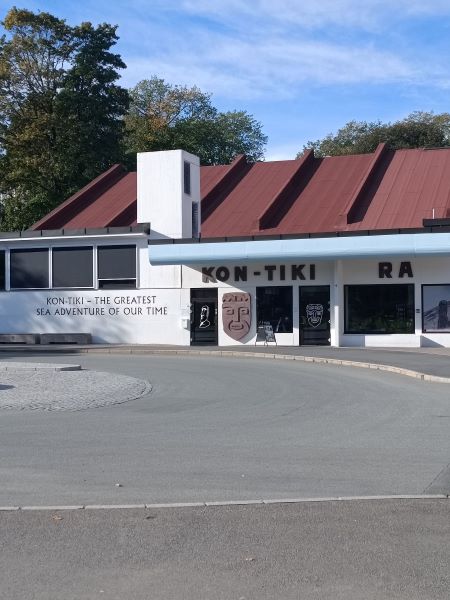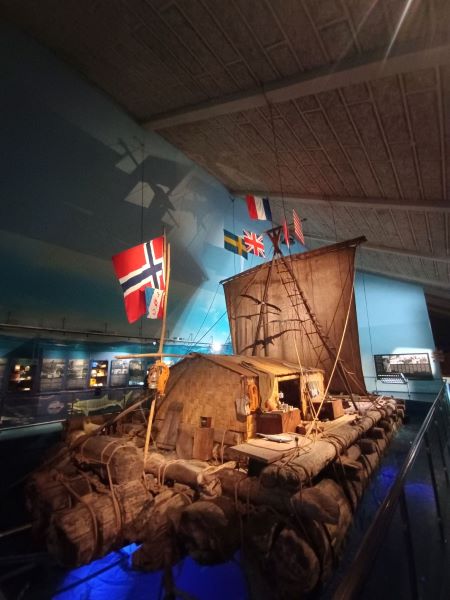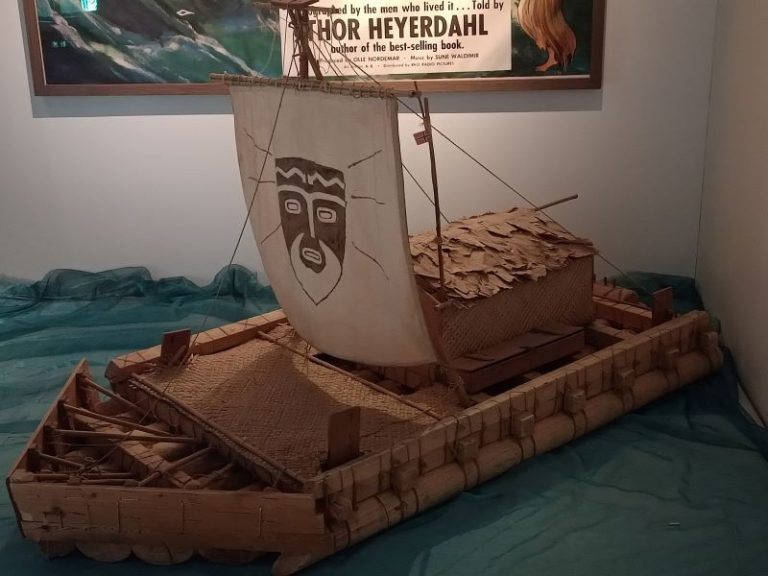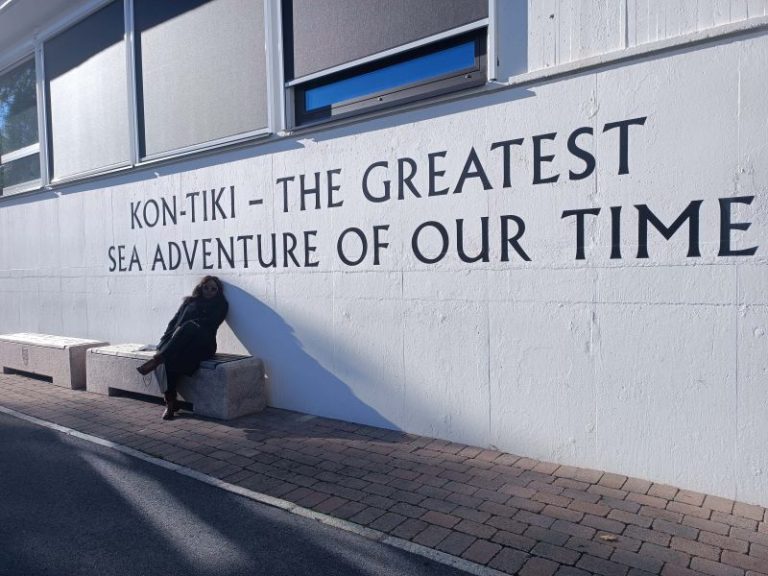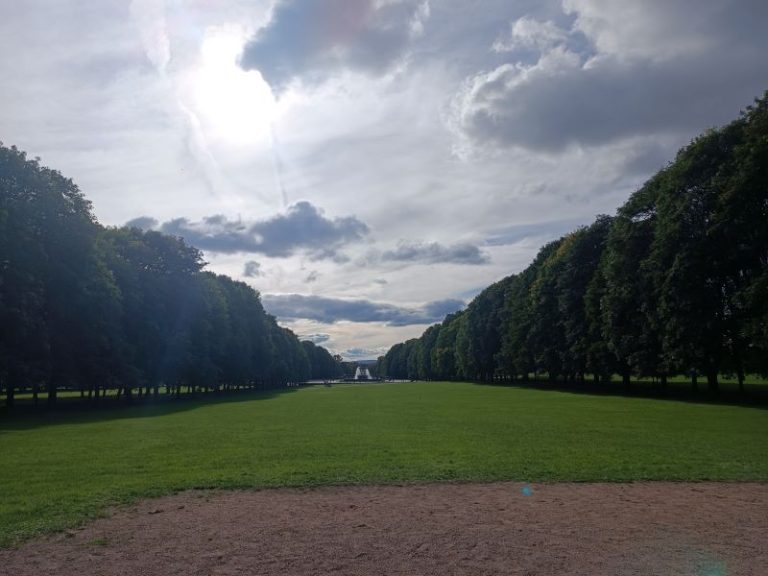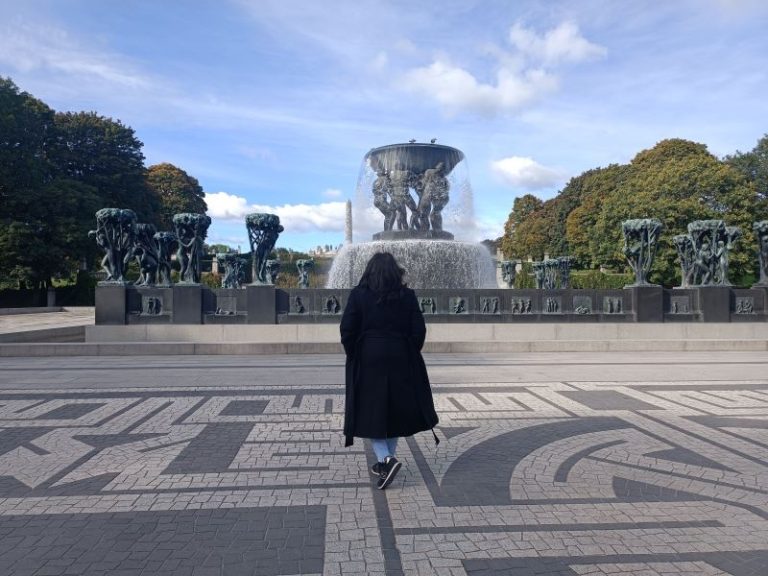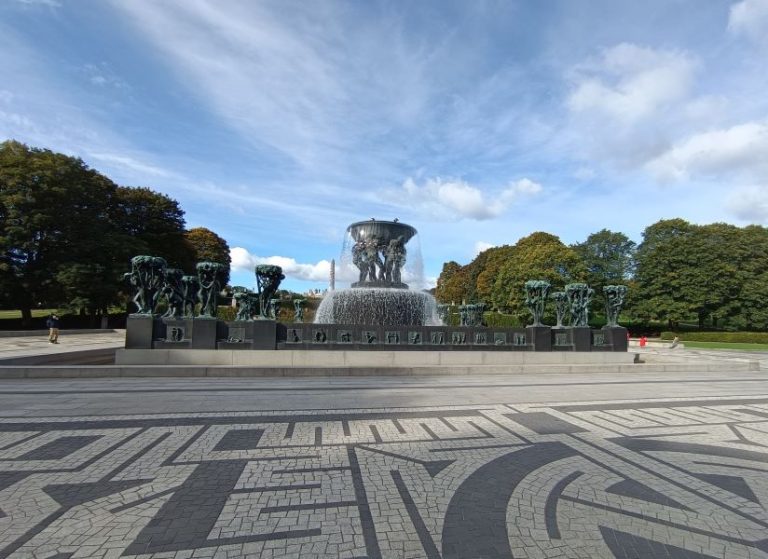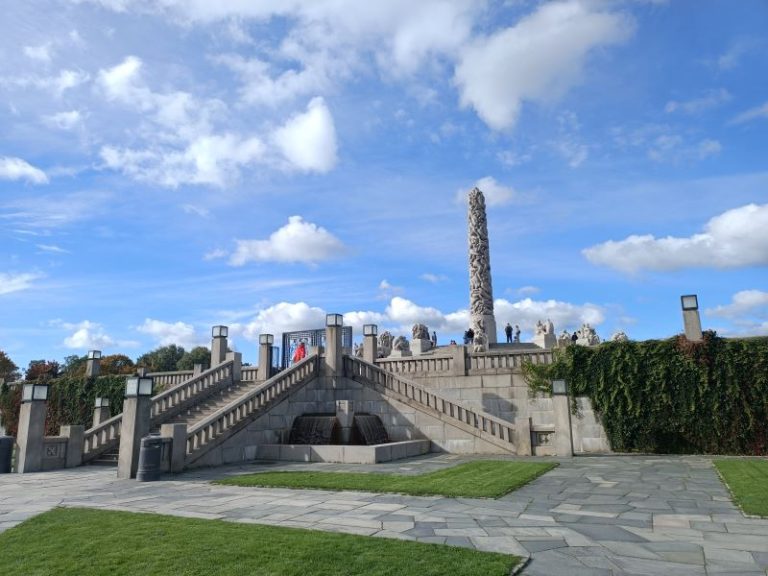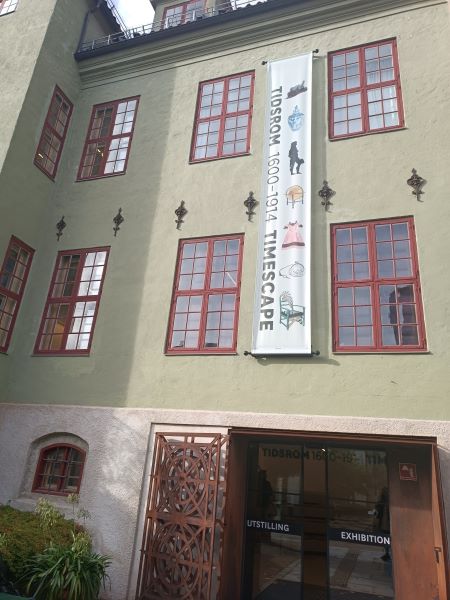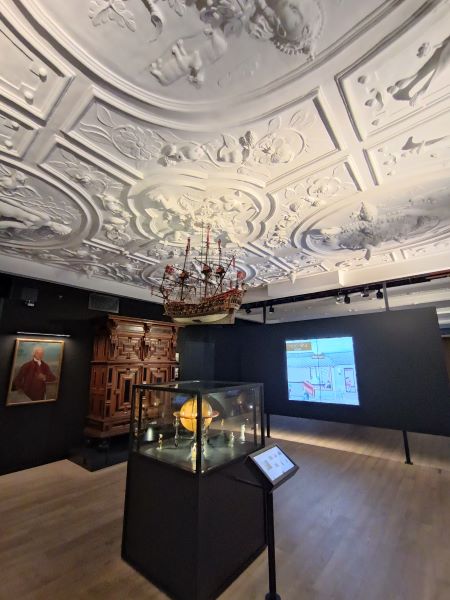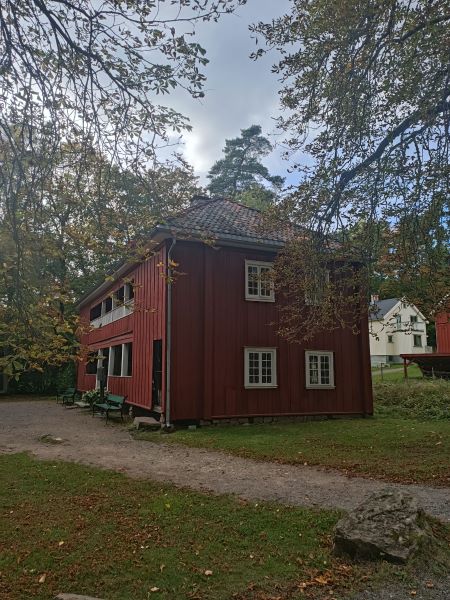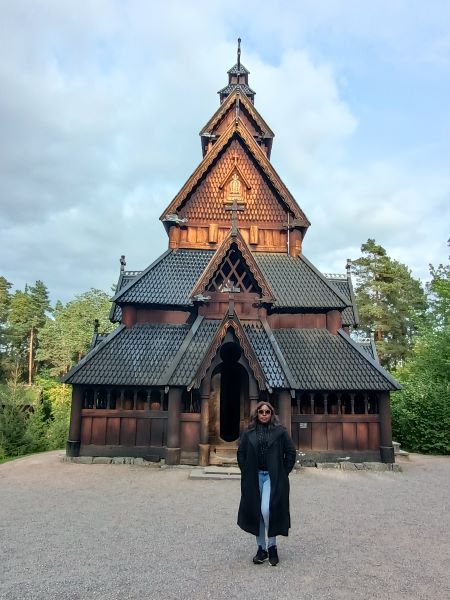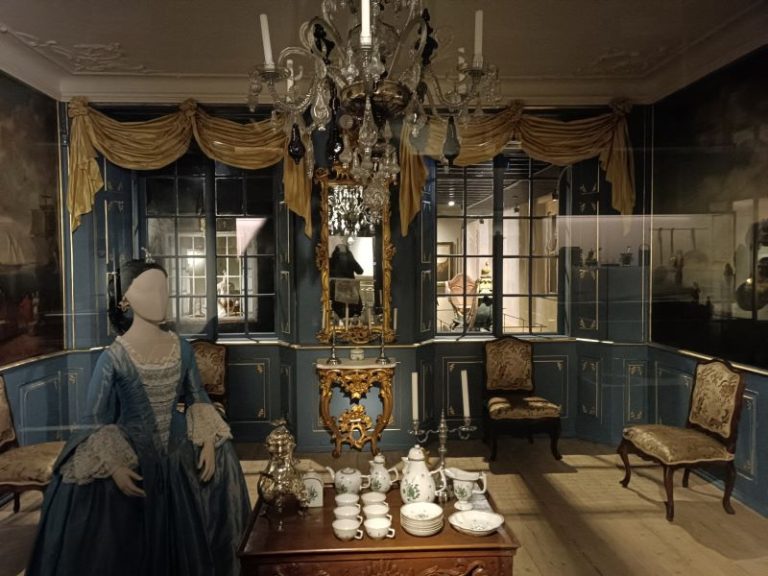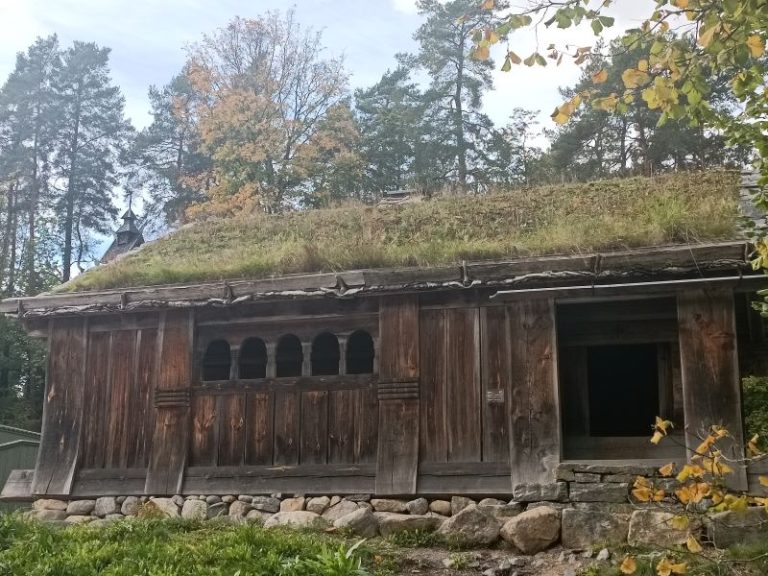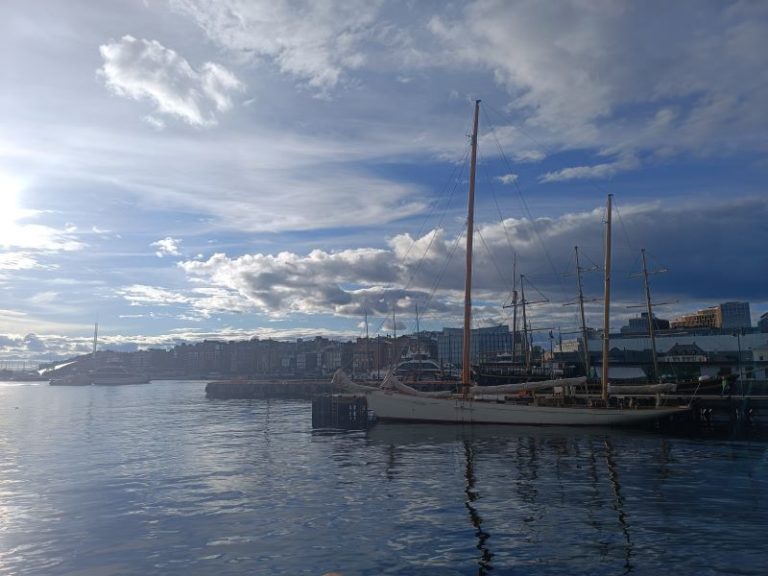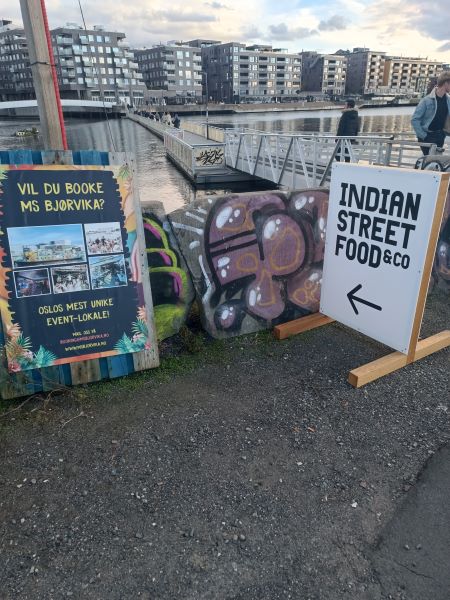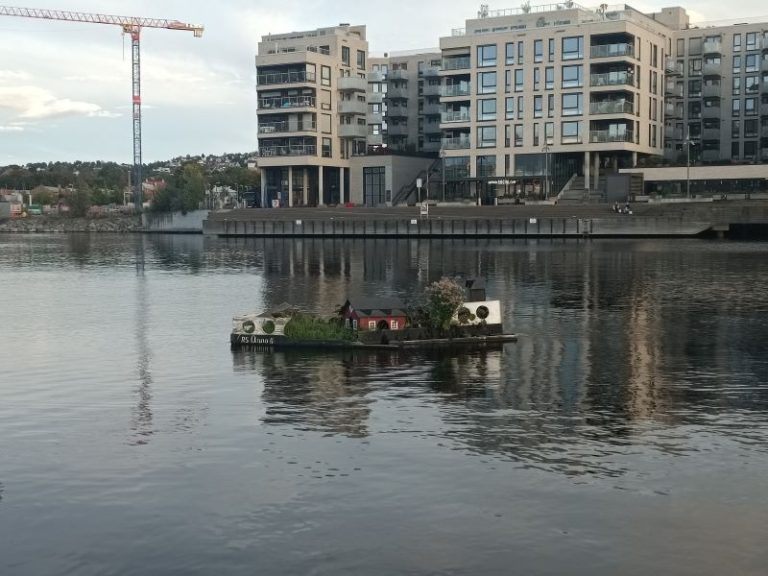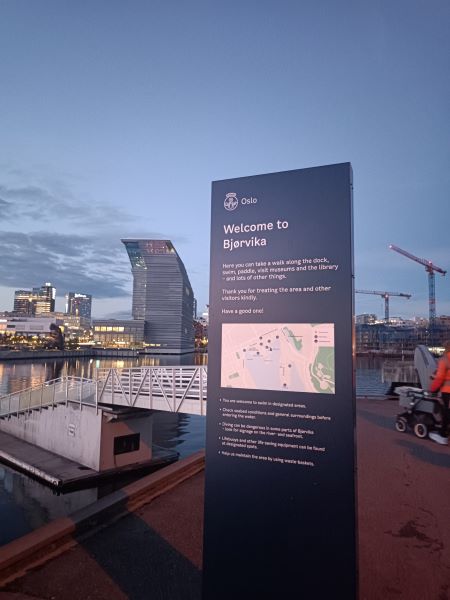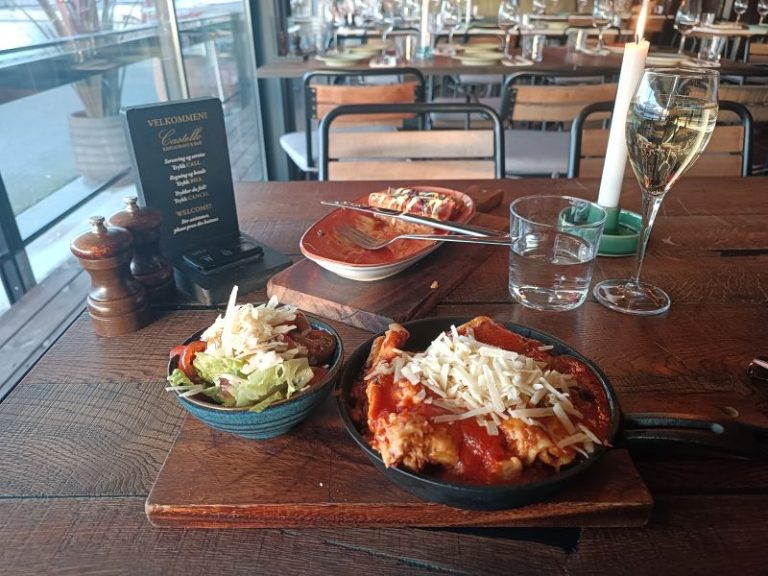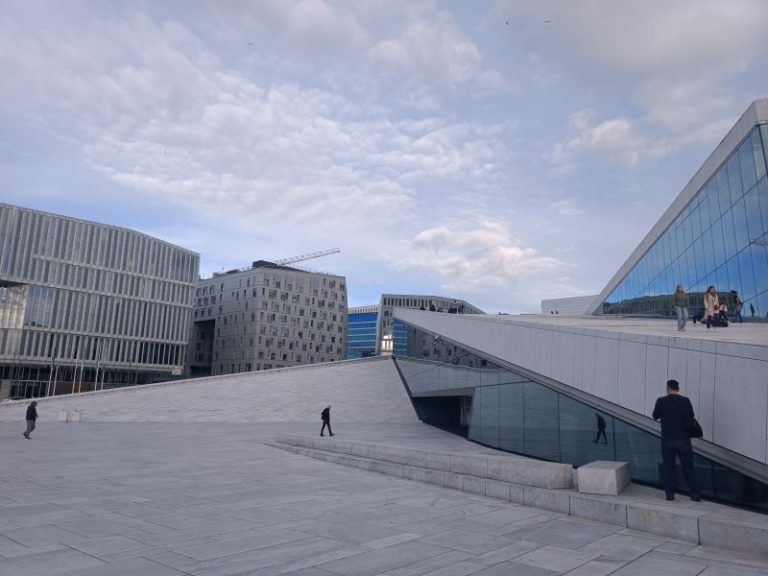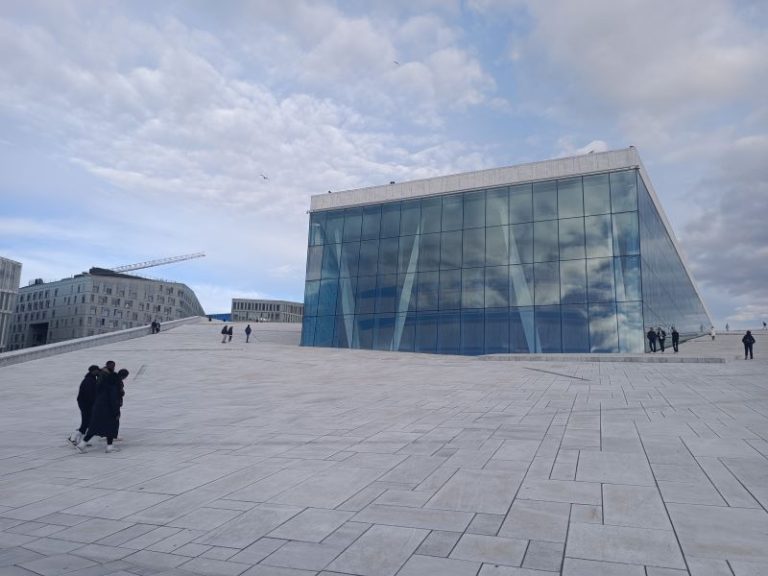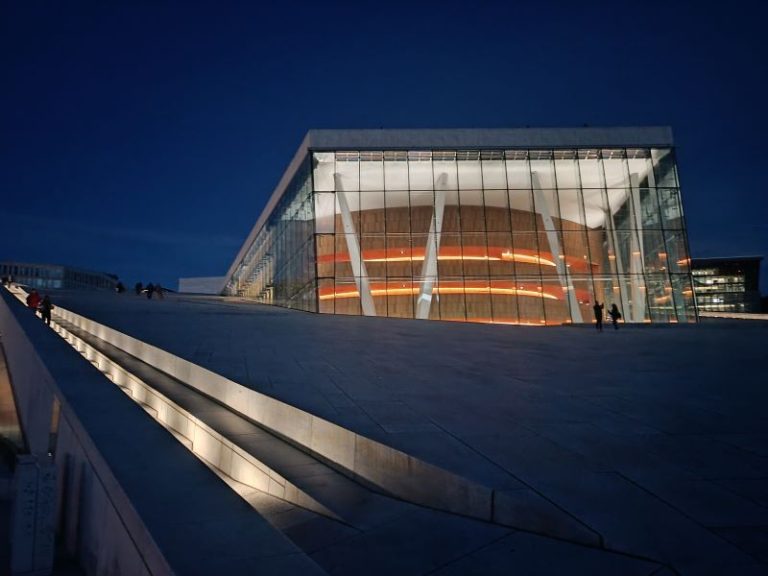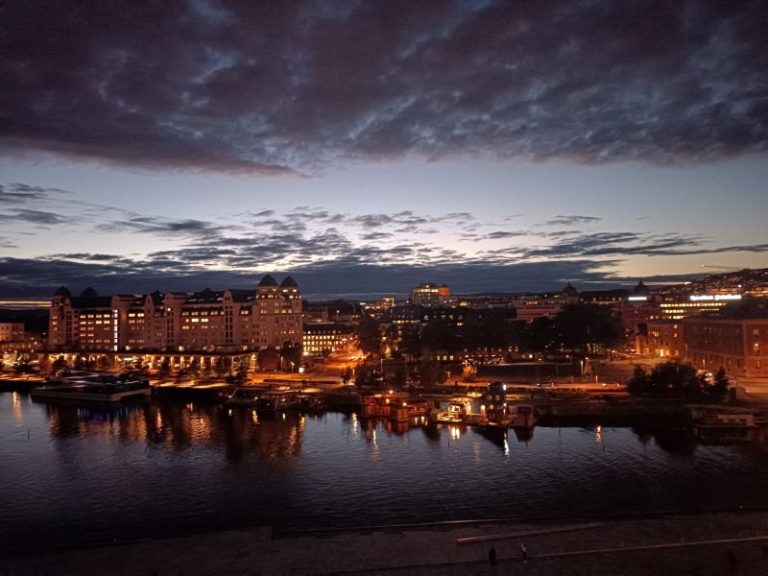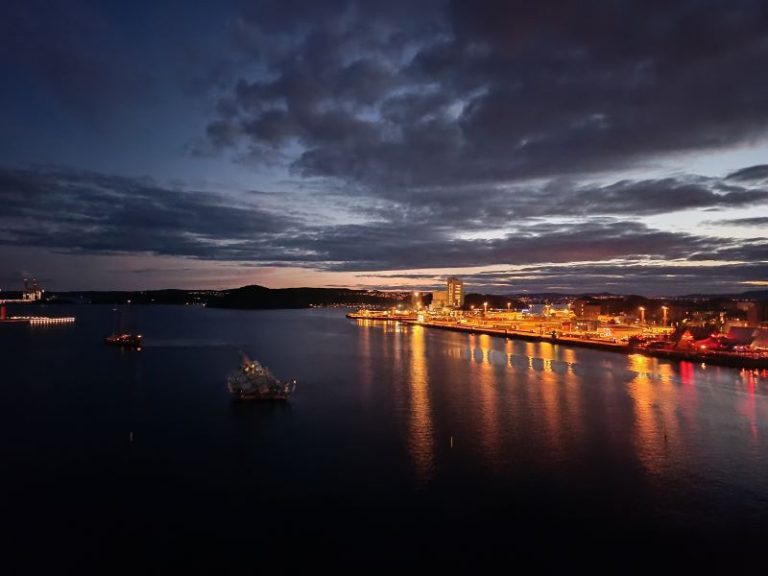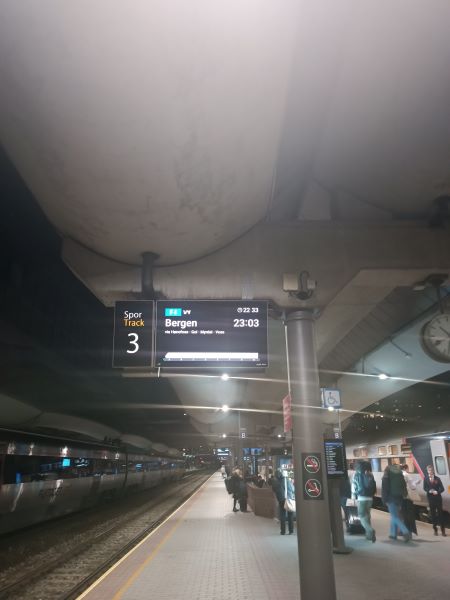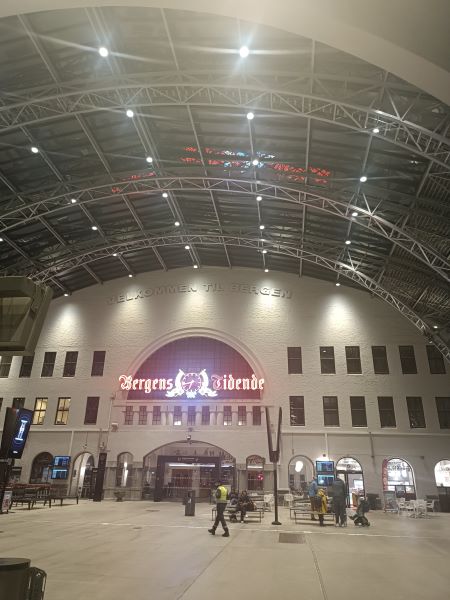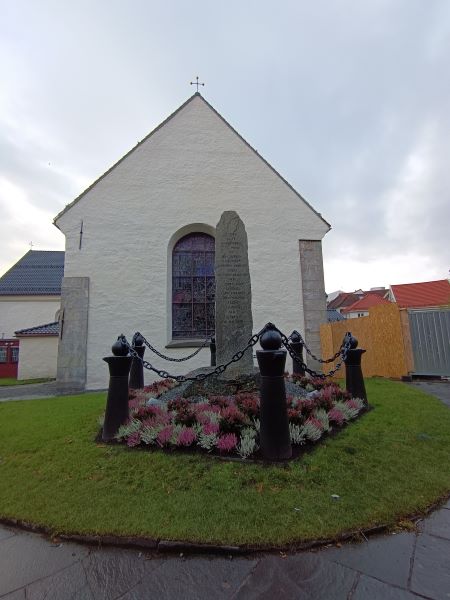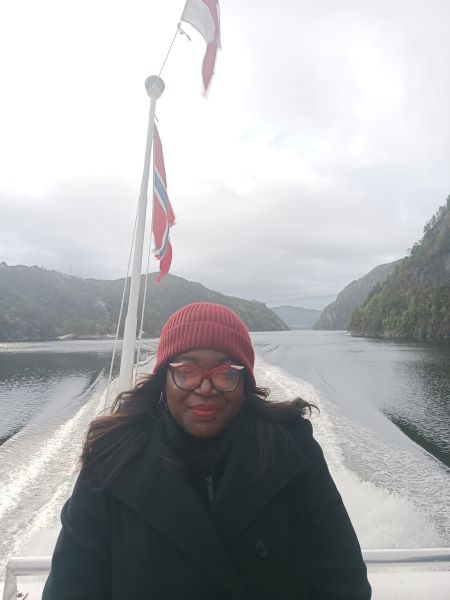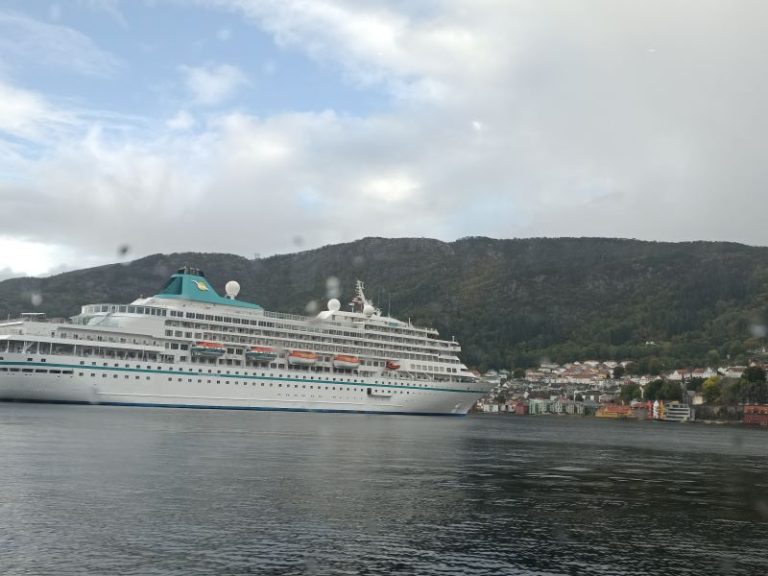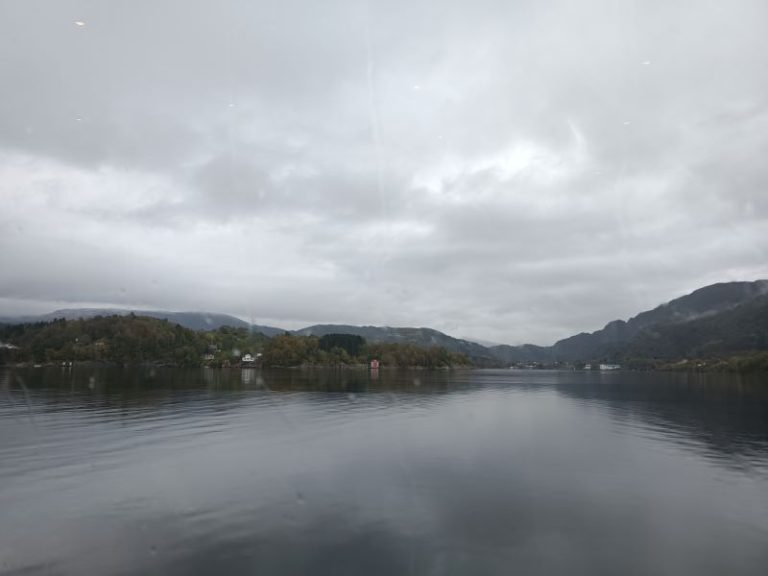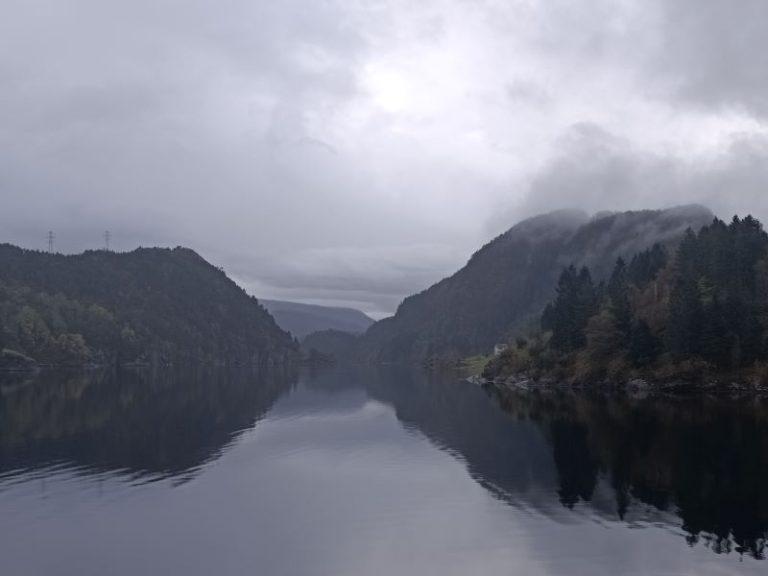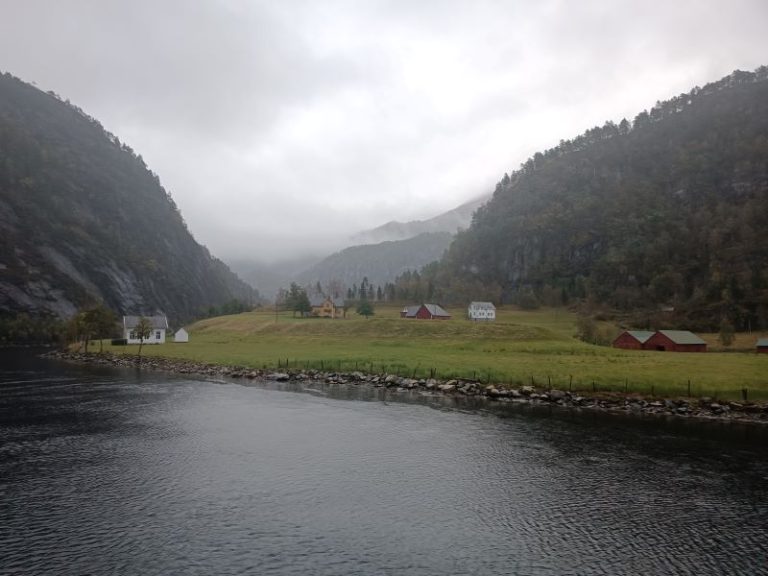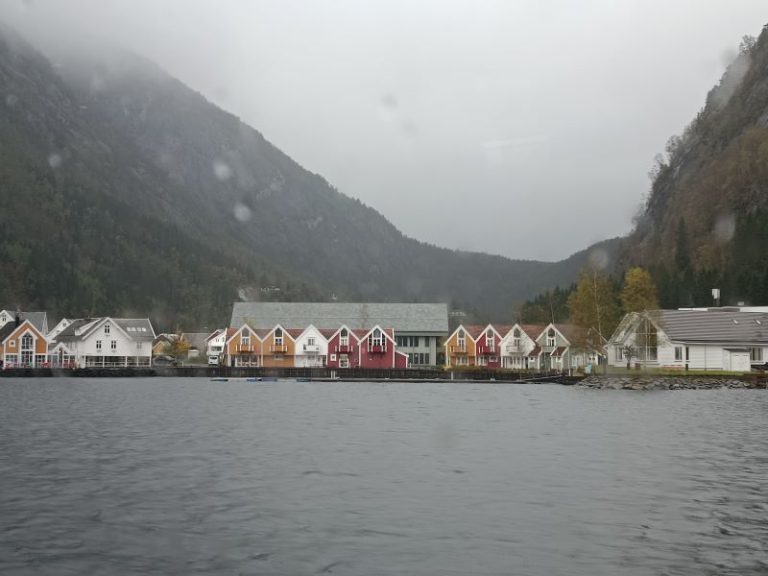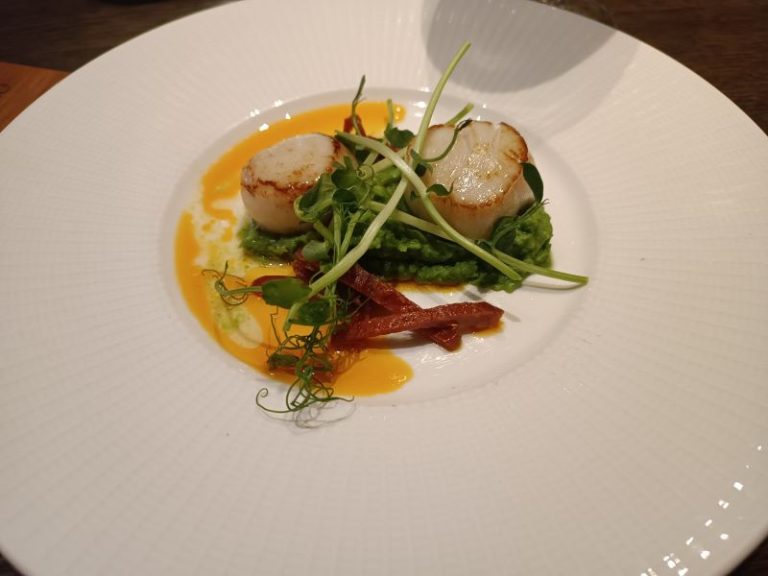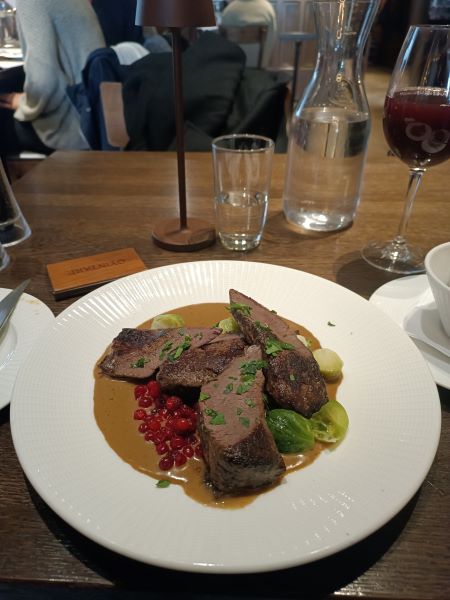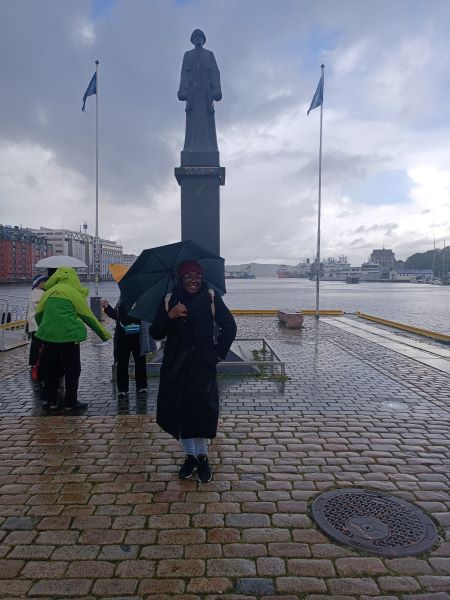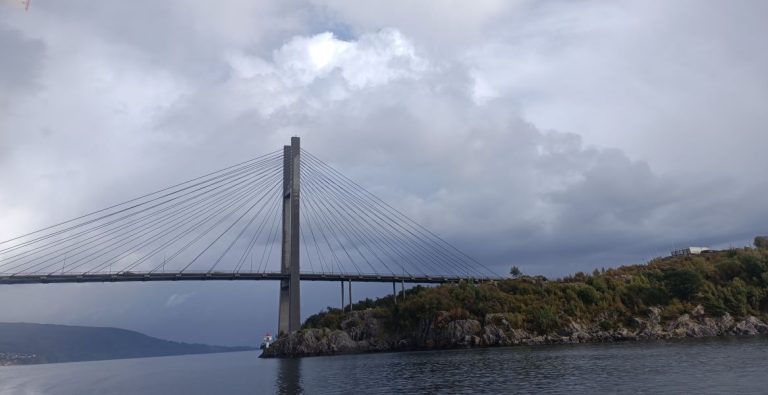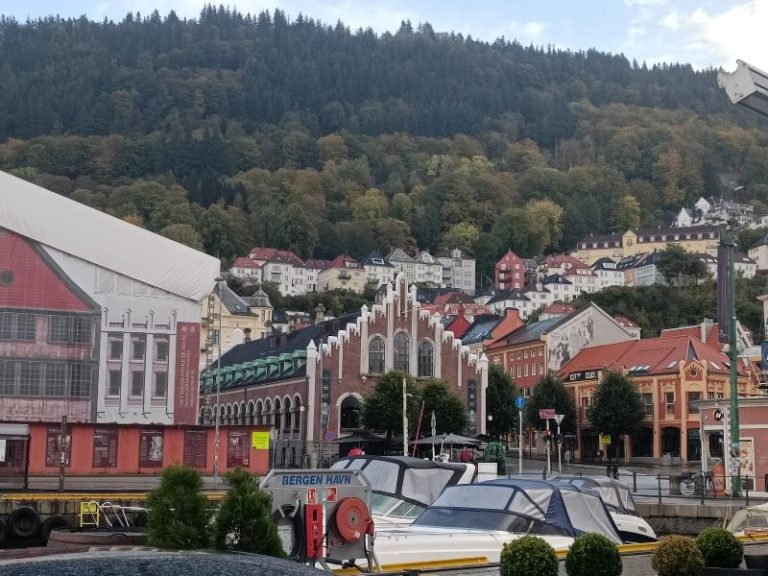I took some days off work this year to tour Norway and Sweden. Unfortunately, I didn’t have enough time to include Denmark, so it wasn’t a complete Scandinavian tour. In this post, I will focus on my experiences in Norway. Pack for the weather! Oslo can be chilly, even in summer, so bring layers and check the forecast before you go.
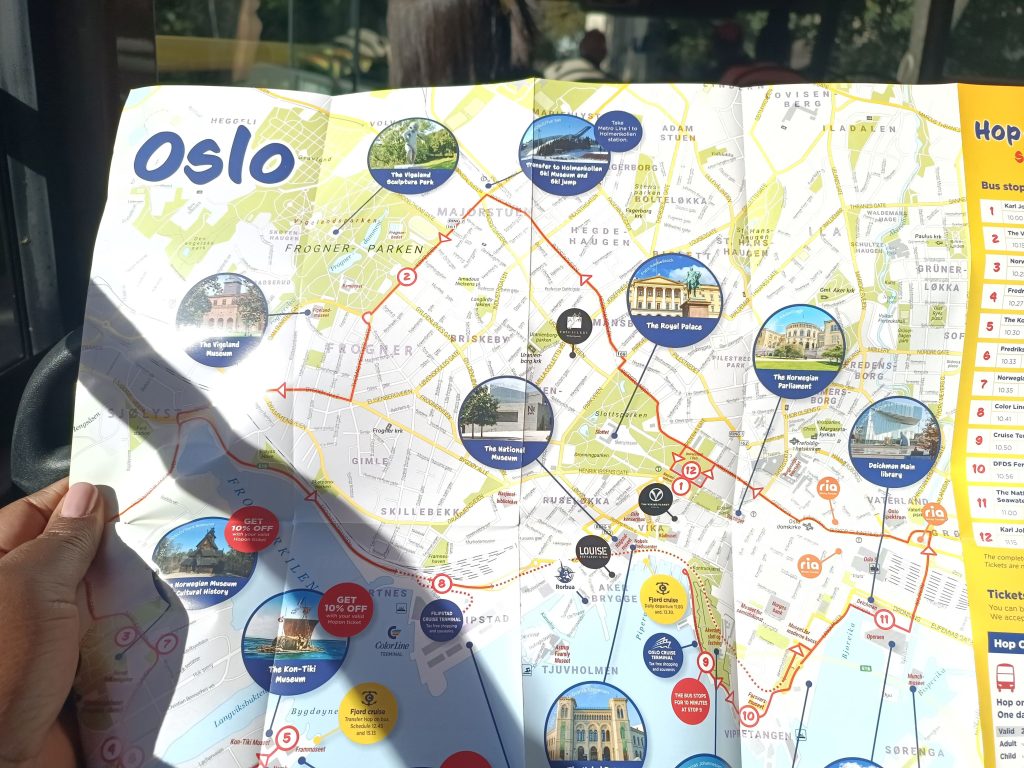
Oslo, the capital of Norway, beautifully combines modern architecture, stunning nature, and rich history. If you only have a short time to explore, don’t worry! There’s plenty to see and do in just two to three days. One helpful tip for this trip was purchasing a 48-hour hop-on, hop-off bus ticket. This ticket made it easy to visit all the major sites in Oslo. After putting together everything I did, it felt like I did too much in three days. Here’s a list of the top attractions you should try to fit into your visit.
Scenic Fjord Cruise
I started my first day with this 1.5-hour tour on an electric ship to explore the inner parts of Oslofjord. The Oslofjord cruise is a must-do activity for anyone visiting Oslo, offering a unique perspective of the city’s stunning natural beauty. As you glide through the clear waters of the fjord, you’ll marvel at the panoramic views of lush islands, charming coastal villages, and impressive cliffs. The Oslofjord is dotted with over 20,000 islands, and many of them have their unique charm, from quiet, forested escapes to tiny fishing villages with colourful wooden houses. Whether cruising during the bright summer days or the serene winter months, the peaceful atmosphere and breathtaking landscapes make for a truly unforgettable experience.
Stroll Down Karl Johans Gate
Karl Johans Gate is Oslo’s main street, stretching from the Central Station all the way to the Royal Palace. It’s lined with shops, cafes, and historic buildings, making it perfect for a leisurely walk. Along the way, you’ll pass sights like the National Theatre, Parliament, and the famous Oslo Cathedral. Whether you are window shopping or just soaking in the lively atmosphere, this is a great place to get a feel of the city.
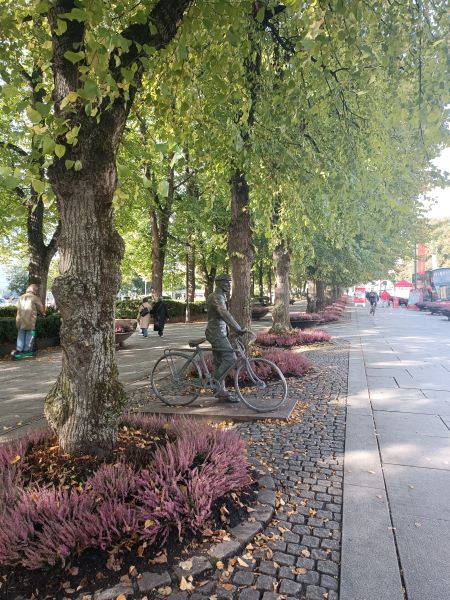
Check Out the Viking Ship Museum
If you’re interested in Viking history, the Viking Ship Museum is a must! It houses some of the best-preserved Viking ships in the world, along with fascinating artefacts from that period. You’ll get a real sense of what life was like for these seafaring warriors, and you’ll walk away impressed by how well-preserved these ancient ships are. During my visit, the Viking Museum was closed, and it will remain closed for renovations until 2027.
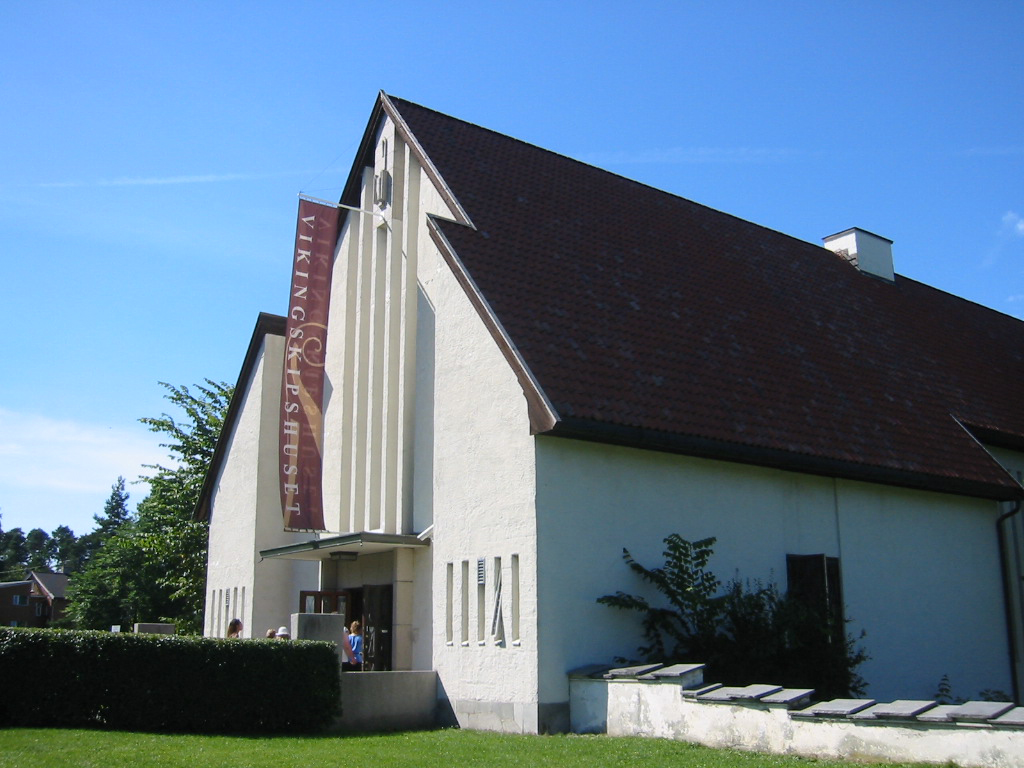
Kjetil Bjørnsrud, CC BY-SA 3.0 http://creativecommons.org/licenses/by-sa/3.0/, via Wikimedia Commons
Norwegian Maritime Museum
The Norwegian Maritime Museum tells the story of Norway’s long history as a maritime nation, from its Viking Age voyages to the modern shipping industry. You’ll learn about the development of ships, navigation, and how the sea has shaped the economy and culture. Expect detailed ship models, including some from the Viking Age, and stunning displays of how Norway’s naval fleets evolved over centuries.
Fram Museum
The Fram Museum in Oslo is dedicated to the history of Norwegian polar exploration, focused on iconic expeditions led by Fridtjof Nansen, Roald Amundsen, and others. The museum’s centrepiece is the Fram ship, used in Arctic and Antarctic explorations, which visitors can explore to see the living conditions of explorers. Exhibits highlight key moments like Amundsen’s successful South Pole expedition and Nansen’s Arctic drift, showcasing equipment, gear, and the challenges of surviving in extreme conditions. Interactive displays provide a deeper insight into the physical and psychological hurdles of polar exploration, making the experience both educational and engaging for history and adventure enthusiasts.
Kon-Tiki Museum
While I enjoyed the Fram Museum, the Kon-Tiki Museum was my favourite. Both museums reminded me that we can achieve anything if we stay committed.
The Kon-Tiki Museum is a captivating tribute to Norwegian explorer Thor Heyerdahl and his legendary expeditions. Located on the Bygdøy Peninsula, the museum is home to the iconic Kon-Tiki raft, which Heyerdahl famously sailed across the Pacific Ocean in 1947 to prove his theory that ancient people could have made long-distance sea voyages. The museum also showcases artefacts and exhibits from his other daring expeditions, including those on the Ra reed boat and the Tigris. Through immersive displays, films, and interactive exhibits, visitors can explore Heyerdahl’s adventures and learn about his groundbreaking contributions to understanding human exploration and ancient cultures. The Kon-Tiki Museum offers an inspiring journey into one of history’s most daring adventures.
Pro tip: The area that houses the Fram Museum, Kon-Tiki Museum, and the Norwegian Maritime Museum in Oslo is called Bygdøy Peninsula. It is better to visit these three museums on the same day
Explore Vigeland Park
Vigeland Park is one of Oslo’s most famous attractions. It’s a huge public park that showcases over 200 sculptures by Gustav Vigeland. You’ll see everything from whimsical to intense depictions of human life. The centerpiece is the towering Monolith, made from a single stone and surrounded by sculptures of people in various stages of life. It’s a peaceful, beautiful place to stroll around and take in the art.
Norwegian Museum of Cultural History (Norsk Folkemuseum)
This museum is one of Scandinavia’s largest open-air museums, featuring over 150 historic buildings, including the iconic 13th-century Gol Stave Church. The museum offers exhibits on traditional Norwegian life, showcasing tools, clothing, and home interiors, with interactive experiences like meeting people in traditional costumes during the summer. It’s a great place to explore Norway’s history and cultural evolution.
When I visited this museum, I had limited time to catch up with the last hop-on bus for the day. I didn’t explore this museum in total, but I saw the Tidsrom 1600-1914 timescape exhibitions, the Gol Stave church and a few farmhouses in the open-air museum. If I visit Oslo another time, I will be back here.
Relax at Bjørvika
Bjørvika is a dynamic waterfront district in Oslo known for its modern architecture, including landmarks like the Oslo Opera House and the Barcode Project. The area has been redeveloped into a cultural and business hub, offering a mix of attractions and vibrant food options, such as the Vippa food market. With its blend of design, culture, and diverse cuisine, Bjørvika is a must-visit destination in Oslo.
I didn’t explore the entire area; however, at the end of my second day in Oslo, I had dinner at Castello Bar & Restaurant, and every dish was a hit!
Oslo Opera House
Ideally, this should be the first place to visit in Oslo. However, because the Opera house was close to my hotel, I visited it after seeing everywhere else in Oslo. The Opera House is a striking, modern building right by the waterfront. The cool thing about this place is that you can walk on the roof! The views of the city and fjord from the top are breathtaking, and it’s a great spot for photos. Whether you’re into architecture or just enjoy good views, this is a must-see.
Bergen
To make the most of my time in Norway, I left the rooftop of the opera house and headed to the Central Station to catch my overnight train to Bergen. To save money on an overnight train to Bergen, book your tickets directly on the official train website vy.no at least three months in advance. This way, the sleep cabins will be available for booking, which enables you to sleep comfortably while in transit overnight. I had three goals: visit the fjords, enjoy a nice meal in Bergen, and take a scenic ride back to Oslo.
Pro tip: Bergen is the rainiest city in Europe, so do not forget to have a rain-resistant coat with you.
A scenic fjord cruise to Mostraumen from Bergen offers an unforgettable way to experience the natural beauty of Norway. As you sail through the serene waters of the Osterfjord, you’ll be surrounded by towering cliffs, lush greenery, and cascading waterfalls. The highlight of the journey is the narrow Mostraumen strait, where the boat navigates through tight passages, offering spectacular views of the fjord’s untouched landscape. This peaceful cruise is perfect for nature lovers and photography enthusiasts, providing a unique perspective of Norway’s iconic fjord scenery.
Whether you’re into art, history, or just enjoying the views, Norway has something for everyone. With just a little bit of time, you can experience the highlights of this beautiful city. Enjoy your trip!
